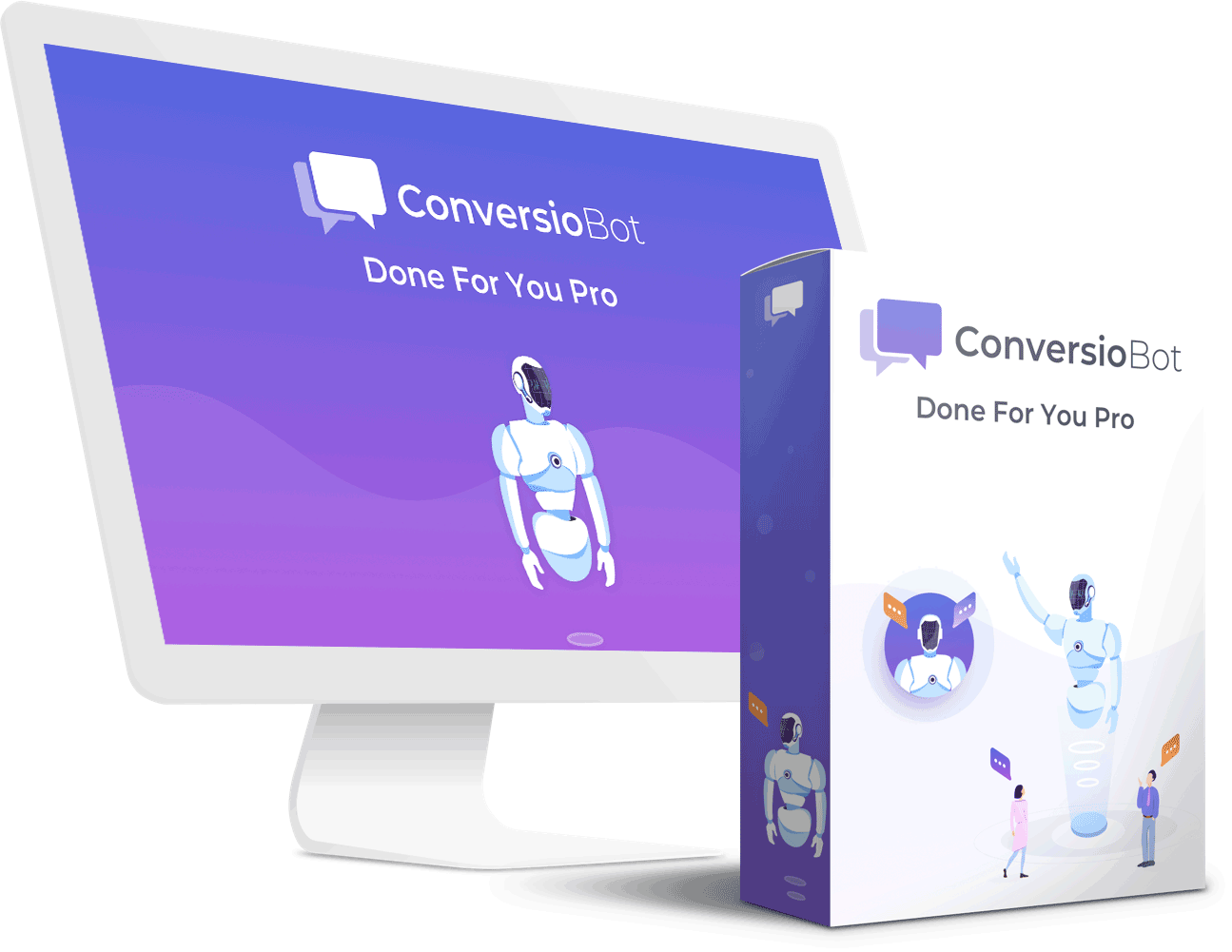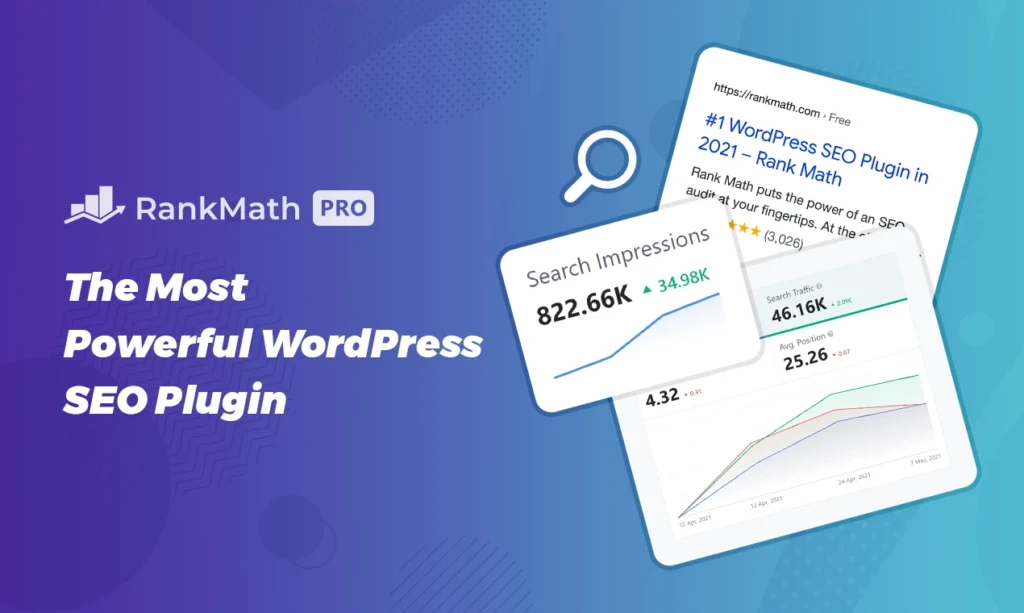Table of Contents
Introduction
During my research into the realm of affiliate marketing, I came across a truly captivating individual who immediately drew my attention: Dr. Hemmel Amrania. Dr. Amrania’s (https://www.imperial.ac.uk/people/hemmel.amrania04) innovative application of Occam’s razor principles in affiliate marketing intrigued me greatly, prompting me to dive deeper into this fascinating subject. Inspired by his insights, I made the decision to incorporate some of his key points into my own affiliate marketing journey.

For those who are new to Affiliate Marketing
Affiliate marketing is a dynamic and lucrative online business model that allows individuals to earn passive income by promoting products or services offered by others. As an affiliate marketer, you act as a bridge between consumers and the businesses that provide the products or services. Through strategic marketing efforts, such as creating engaging content, driving traffic to specific offers, and leveraging various marketing channels, you earn a commission for every sale or action generated through your unique affiliate link. It’s a flexible and accessible way to monetize your online presence, providing opportunities to collaborate with reputable brands and earn a consistent income while working from anywhere in the world.
List of Affiliate Marketing Websites
| ClickBank | PartnerStack | Best Buy Affiliate Program |
| Amazon Associates | FlexOffers | Commission Soup |
| ShareASale | Avangate (now 2Checkout) | RevenueWire |
| CJ Affiliate | MaxBounty | TradeDoubler |
| Rakuten Marketing | Pepperjam | Zanox (now Awin) |
| eBay Partner Network | Skimlinks | Rakuten Advertising |
| Awin (formerly Affiliate Window) | VigLink | Webgains |
| Impact | Shopify Affiliate Program |
Understanding Occam’s Razor in Affiliate Marketing
Occam’s razor, a guiding principle advocating simplicity and effectiveness, finds its well-deserved place in the dynamic and challenging world of affiliate marketing. This principle encourages marketers to seek the most straightforward explanations and strategies while eliminating unnecessary complexities. By skillfully applying Occam’s razor, we can streamline our efforts, focus on the essential elements, and ultimately achieve optimal results within the highly competitive affiliate marketing landscape.
Narrowing Down on a Product
Following in the footsteps of Dr. Amrania, we must exercise utmost care in selecting a product to promote, considering its relevance to our niche and the potential demand from our target audience. By narrowing our focus on a specific product, our aim is to establish authority and credibility, thereby maximizing our chances for resounding success.

Click to know more about the above product from a Chatbot
Crafting a Compelling Landing Page
Embracing the guiding principles of Occam’s razor, it becomes imperative for us to design a clean and captivating landing page (Dr. Amrania eliminates the need for a Landing Page altogether and explains alternatives in his paid program that I have never attended) that effectively highlights the key features and benefits of the promoted product. The layout of our landing page should be intuitive, allowing visitors to effortlessly navigate and engage with the content. By simplifying the design and incorporating clear and persuasive calls-to-action, we significantly enhance the chances of conversions and drive the desired actions from potential customers.
Creating a compelling landing page involves several key steps to ensure its effectiveness in engaging and converting visitors. Here’s a general guide to help you create a compelling landing page:
- Define your goal: Clearly establish the primary goal of your landing page. Is it to generate leads, promote a product, encourage sign-ups, or drive sales? Having a clear goal will guide the rest of the process.
- Understand your target audience: Identify your target audience’s needs, preferences, and pain points. This understanding will enable you to tailor your messaging and design to resonate with them effectively.
- Craft a compelling headline: Create a concise and attention-grabbing headline that clearly communicates the value proposition or benefit of your offer. Make it compelling enough to entice visitors to explore further.
- Write persuasive copy: Develop persuasive and benefit-focused copy that highlights the unique selling points of your product, service, or offer. Keep it concise, scannable, and easy to read. Use subheadings, bullet points, and bold text to emphasize key points.
- Use engaging visuals: Incorporate relevant and visually appealing images, videos, or graphics that support your message and captivate your audience. Ensure the visuals are high-quality and optimized for fast loading times.
- Include a prominent call-to-action (CTA): Place a clear and prominent CTA button or link that stands out from the rest of the page. Use action-oriented language and provide a compelling reason for visitors to click.
- Keep the form simple: If your goal is lead generation, use a form to collect visitor information. Keep the form fields minimal and only ask for essential information. The easier and quicker it is for visitors to complete the form, the higher the conversion rate.
- Create trust and credibility: Incorporate trust elements such as customer testimonials, reviews, trust badges, security seals, or partner logos to instill confidence in your offering. Make sure they are authentic and relevant.
- Optimize for mobile devices: With a significant portion of web traffic coming from mobile devices, ensure your landing page is fully responsive and optimized for mobile viewing. Test it across different devices and screen sizes to ensure a seamless experience.
- A/B test and optimize: Continuously test different variations of your landing page elements, such as headlines, copy, visuals, CTAs, and form placement. Analyze the results and iterate based on data-driven insights to improve conversion rates.
- Monitor and analyze performance: Utilize web analytics tools to track and measure key metrics like conversion rates, bounce rates, and user behavior on your landing page. Monitor the performance regularly and make data-informed adjustments as needed.
Remember that these steps serve as a general framework, and the specifics may vary depending on your industry, target audience, and goals. Regularly evaluate and refine your landing page based on user feedback and performance data to optimize its effectiveness.
Launching a Google Ad Campaign
Building upon the solid foundation provided by Occam’s razor principles, the next logical step is to initiate a meticulously crafted Google Ad campaign, where the selection of relevant keywords plays a pivotal role in effectively targeting our desired audience. Inspired by Dr. Amrania’s expertise, we must carefully craft compelling ad copy that genuinely resonates with potential customers. By setting a well-defined budget and implementing strategic campaign settings, our ultimate goal is to optimize our reach and drive high-quality traffic to our carefully crafted landing page.
To create a Google ad campaign, follow these steps:
- Set up a Google Ads account: If you don’t have a Google Ads account, go to the Google Ads website (ads.google.com) and sign up for a new account. If you already have an account, log in.
- Define your campaign goals: Determine the objectives of your campaign, such as increasing website traffic, generating leads, or driving sales. Clearly defining your goals will help you set up your campaign effectively.
- Select a campaign type: Google Ads offers various campaign types, including Search Network, Display Network, Shopping, Video, and App campaigns. Choose the campaign type that aligns with your goals.
- Configure campaign settings: Provide a name for your campaign and select the relevant settings, such as geographic targeting, language preferences, budget, and bidding strategy. These settings will determine where and when your ads will appear.
- Create ad groups: Ad groups allow you to organize your ads and target specific keywords or audiences. Divide your campaign into ad groups based on similar themes or targeting criteria.
- Conduct keyword research: For a Search Network campaign, identify relevant keywords that potential customers might use to find products or services like yours. Use keyword research tools, such as Google’s Keyword Planner, to discover popular keywords and estimate their search volume.
- Create compelling ad copy: Write persuasive ad text that grabs users’ attention and encourages them to click on your ads. Craft concise and engaging headlines and descriptions that clearly communicate your value proposition and include relevant keywords.
- Set up landing pages: Ensure that your ads lead to relevant and optimized landing pages on your website. These pages should align with the ad’s messaging and provide a seamless user experience.
- Set up conversion tracking: Install Google Ads conversion tracking on your website to measure the success of your campaigns. This allows you to track important actions, such as purchases, sign-ups, or form submissions.
- Review and launch your campaign: Double-check all the settings, ad copy, and targeting options before launching your campaign. Once you’re satisfied, activate your campaign and start running your ads.
- Monitor and optimize: Regularly monitor the performance of your ads and make necessary adjustments. Analyze metrics like click-through rate (CTR), conversion rate, and return on ad spend (ROAS). Optimize your campaign by refining your targeting, adjusting bids, and testing different ad variations.
- Test and iterate: Continuously test different ad elements, such as headlines, descriptions, and visuals, to identify what resonates best with your target audience. Use the insights gained to refine and improve your campaign over time.
Remember, creating a successful Google ad campaign requires ongoing management, optimization, and refinement. Stay up to date with best practices and explore additional resources provided by Google Ads to maximize your campaign’s effectiveness.

My Own Experiment
Applying Occam’s Razor principles to affiliate marketing, I have meticulously set up several targeted campaigns with the aim of generating momentum and driving successful outcomes. Recognizing the importance of simplicity and efficiency, I have taken a strategic approach in designing these campaigns, focusing on the most effective and streamlined strategies. While these initiatives are in their early stages, it is crucial to allow them a few weeks to gather momentum and yield tangible results. The outcomes of these campaigns are of great significance, and I intend to share the comprehensive findings and insights in a future blog post. By adhering to Occam’s Razor principles and employing a methodical approach, I am confident that the outcomes will be valuable, contributing to an optimized affiliate marketing strategy and fostering continued success in the field.
Conclusion
In conclusion, the incorporation of Occam’s razor principles in the realm of affiliate marketing presents a transformative approach to achieving success. By embracing simplicity and effectiveness, we can streamline our efforts, establish authority, and drive meaningful engagements with our target audience. Let Occam’s razor be your guiding light as you navigate the complexities of this dynamic landscape, and may your affiliate marketing journey be filled with fruitful conversions and lasting partnerships. Embrace the power of simplicity and unlock your true potential in the world of affiliate marketing.
Further Reading: https://techhorizoncity.com/google-ads-certification/

